
5 Pioneers of Japanese Automotive Industry You Should Know About


In the realm of cars, few narratives are as captivating as the ascent of Japanese manufacturers. Starting from modest origins, brands such as Toyota, Honda, and Nissan have significantly influenced the automotive industry, particularly in the United States, becoming global frontrunners. Their dedication to excellence, creativity, and sustainability has captured the affection of consumers and reshaped the industry. The history of Japanese automobiles started in the early 20th century, marked by the founding of the first local car maker, Kaishinsha Motor Car Works, in 1917. Yet, it was not until after World War II that Japanese car manufacturers began to achieve international prominence. The demand for dependable, budget-friendly vehicles in a conflict-ridden economy allowed businesses like Toyota and Honda to thrive. Let us learn more about five Japanese leaders who transformed the global automotive industry.
Kiichiro Toyoda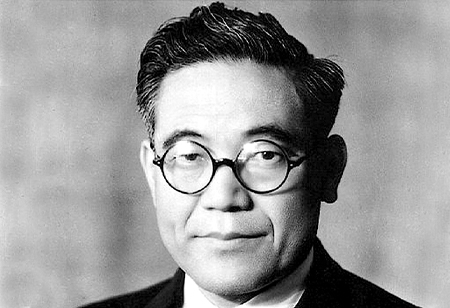
Kiichiro Toyoda led the development of the initial Toyota vehicle and established Toyota Motor Corporation in 1937. Kiichiro was born in Japan's Shizuoka Prefecture in 1894. He was the child of Sakichi Toyoda, a recognized inventor and the creator of Toyoda Automatic Loom Works in 1926. Kiichiro went to the University of Tokyo, where he pursued engineering studies. Upon graduation, Kiichiro started working in the family enterprise and subsequently ventured to England and the United States to enhance his knowledge in manufacturing.
In 1934, Kiichiro and his group presented an experimental gasoline engine to Toyoda shareholders and convinced them to support a distinct automotive division. The following year, Kiichiro and his team created a prototype vehicle referred to as the “Model A1” passenger car. "Model A1" took many concepts from well-known car manufacturers; the engine was modeled after a Chevrolet design, the chassis was replicated from Ford, and the aesthetic was inspired by a Chrysler Airflow. Kiichiro took one of the prototypes to his father's grave as a gesture of honor. The cars were initially marketed under the Toyoda brand, but the division quickly rebranded to “Toyota” because it required eight brush strokes to write (a fortunate number in Japanese culture) and had a more straightforward appearance.
Soichiro Honda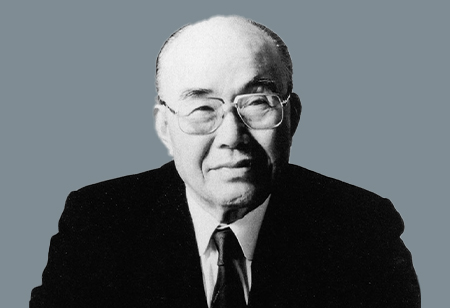
Soichiro Honda was a Japanese engineer and industrialist who established Honda Motor Company, Ltd. He started his career as a mechanic in Tokyo at 15 and six years later launched his repair shop in Hamamatsu. Simultaneously, he started constructing and operating race cars. Just before World War II, he refined a method for producing piston rings, which was among his over 100 patents, and throughout the war, his firm, Tokai Seiki, produced engines for military aircraft and the Japanese navy. Following the sale of that enterprise to Toyota Motor Corporation in 1945, he established the Honda Technical Research Institute, which was incorporated in 1948 as Honda Motor Company. The emerging business thrived by manufacturing lightweight motorcycles driven by compact yet extremely efficient engines. Soichiro innovated new engine designs and parts while his associate, Fujisawa Takeo, managed the firm's finances and marketing activities. By 1959, Honda had established itself as the top motorcycle manufacturer globally.
The unconventional Honda rejected traditional Japanese management practices by advocating “the Honda Way,” which emphasized personal initiative alongside a strong connection between employees and management. He also disregarded the Japanese government’s effort to confine the country’s auto industry to a small number of leading companies. His firm started manufacturing cars in 1963 and had grown to be the third biggest Japanese carmaker by the early 1980s. Honda's nearly compulsive focus on detail led him to personally test new models of cars and motorcycles until just before his retirement from the company's presidency in 1973
Yutaka Katayama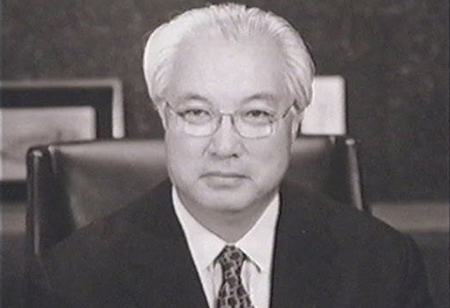
Born in September 1909 in what is now Hamamatsu, Shizuoka Prefecture, Japan, Mr. K joined the company in 1935, starting in the Administration Department, where he initially managed publicity and later focused on advertising.
He created one of the earliest color films featuring a Datsun on Japanese highways and subsequently recorded motorsport events worldwide, elevating the standards for visual storytelling for years to come. Passionate about cars and skilled in promotion, he developed the Datsun brand, Nissan's first brand name in the U.S., from the ground up. In 1927, while studying at Keio University, he first came to the U.S. as an assistant on a high-speed ship transporting raw silk.
Also Read: Investopia 2025: A Grand Plan to Revitalize the Global Investment Landscape
Throughout his distinguished career, he served as team manager for the entry of two Datsun 210s in a challenging rally around the Australian mainland. The following triumph quickly propelled the brand into global fame and laid the groundwork for Datsun exports. Importantly, he assembled the fundamental ideas for the initial 240Z, playing an essential role in the creation of an outstanding sports car still admired by driving fans
Michio Suzuki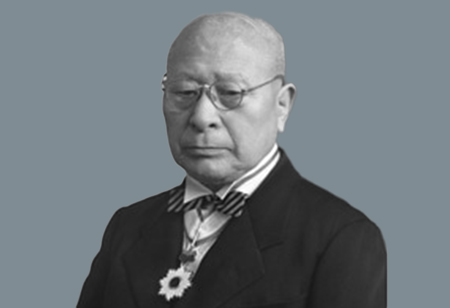
Born in a village in Nezumino-mura, Enshu region, Japan on February 18, 1887, young Suzuki spent his early years picking cotton and subsequently became an apprentice in a weaving factory. As electric power became more widely accessible, the need for looms grew, prompting 21-year-old Michio to venture on his own in 1908. He transformed the silkworm house his family provided into a workshop and crafted a loom from wood and iron for his mother. Its creative design enabled him to weave ten times quicker than previously.
Consistently consider your customer's perspective. Offer whatever your client requires. This was exceptionally innovative for that period. By conversing with weavers, he implemented numerous enhancements and filed for many patents. He received awards and recognition, and the demand kept rising. In 1930, he started exporting the groundbreaking Sarong Loom, and the Suzuki brand gained global recognition. Suzuki's response was a motorcycle equipped with an engine named ‘the Power Free’. This innovative ‘motor-bike’ became highly successful, and by 1954, Suzuki was manufacturing 6,000 units each month and had renamed itself Suzuki Motor Co Ltd. An even more prosperous car came next: the 1955 Suzulight. Equipped with front-wheel drive, independent suspension on all four wheels, and rack-and-pinion steering, it was significantly advanced for its era.
Also Read: Shubhanshu Shukla: Second Indian Astronaut to Turn the Space History Page
After that, Suzuki maintained its international reputation for creating small, dependable, and efficient engines and cars that are budget-friendly, simple to maintain, and enjoyable to drive. These values continue to guide the company and are likely even more crucial now as we aim to enhance efficiency and safeguard our valuable environment.
Yataro Iwasaki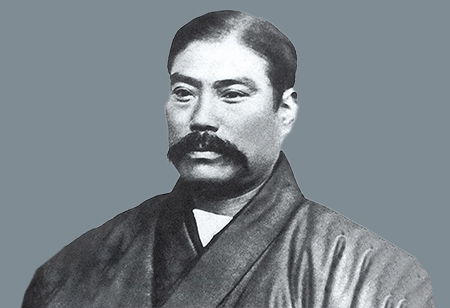
Yataro Iwasaki was the daring and enterprising founder of Mitsubishi. The offspring of a rural farmer, Yataro started his career working for the Tosa clan. The clan had commercial ventures in various regions of Japan, which fueled the young man's aspirations.
Yataro Iwasaki learned from the reformer Toyo Yoshida. Yoshida was the one who impacted him with concepts regarding the opening of the previously isolated country and its development and industry. By connecting with Yoshida, Yataro secured a job as a clerk for the Tosa administration. He saved carefully and restored the family's samurai status.
The assassination of Yoshida in 1862 resulted in Yataro losing his affiliations. Yoshida's nephew was appointed to the clan's trading office in Nagasaki only after he gained status. Yataro reached the highest rank in the office in just three months.
His role involved purchasing ships, armaments, and munitions for the Tosa clan. Yataro exported camphor oil, Japanese paper, and various items to fund those acquisitions. The new administration prohibited the clans from operating businesses.
Yataro assumed control of the recently privatized Osaka office, then referred to as Tsukumo Trading Company, following the disbandment of the Tosa clan. He took on some of the clan's debt in exchange for ships and trading privileges.
In March 1873, the firm officially took on the name Mitsubishi as Yataro assumed the presidency. "Mitsubishi" refers to the three-diamond logo that combines the emblems of Tosa and Iwasaki. He slowly obtained more vessels and broadened his passenger and cargo offerings. Yataro instructed the children of ex-nobles to prioritize the customer.

